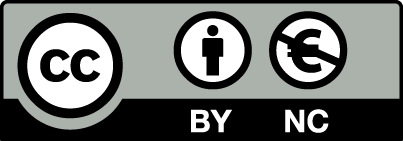Abstract:
Disruptive events like the COVID-19 pandemic have exposed supply chain vulnerabilities. This study focuses on dual sourcing as a resilient strategy and examines a stochastic, single-item, multi-echelon, multi-period, dual sourcing inventory system under backorders. In each echelon, the decision-maker faces a dual-sourcing situation wherein the item can be replenished from a slow regular supplier or a more expensive and faster emergency supplier. We compare two inventory management policies: the Dual-Index Policy (DIP) and the Tailored Base-Surge (TBS) Policy, while also investigating how various factors influence policy effectiveness and the role of demand disruptions. Our findings indicate that the TBS policy generally relies more on upstream suppliers than the DIP. However, in scenarios of high demand uncertainty, upstream suppliers are seldom used. DIP is more effective for short networks facing sudden demand drops, whereas TBS excels when experiencing demand spikes.

